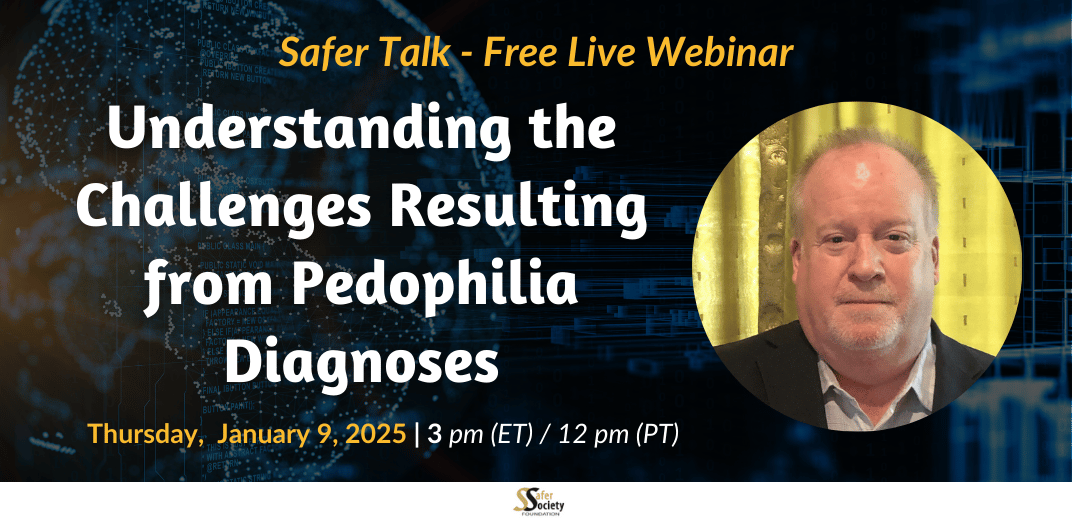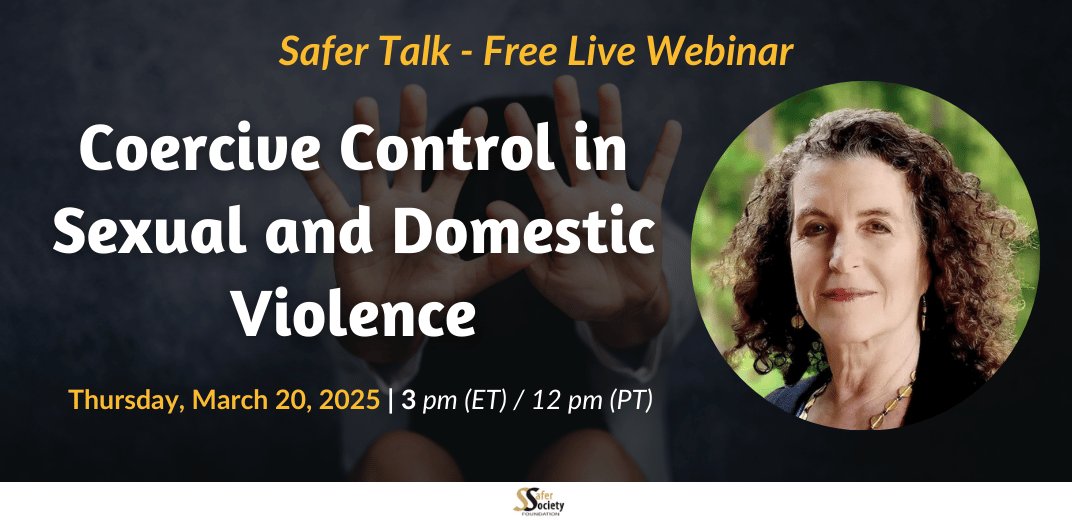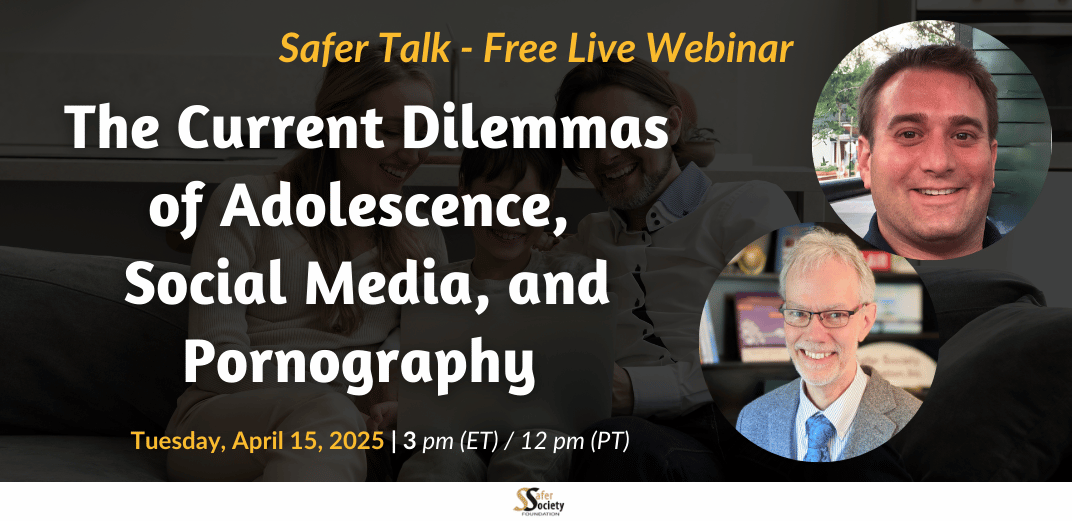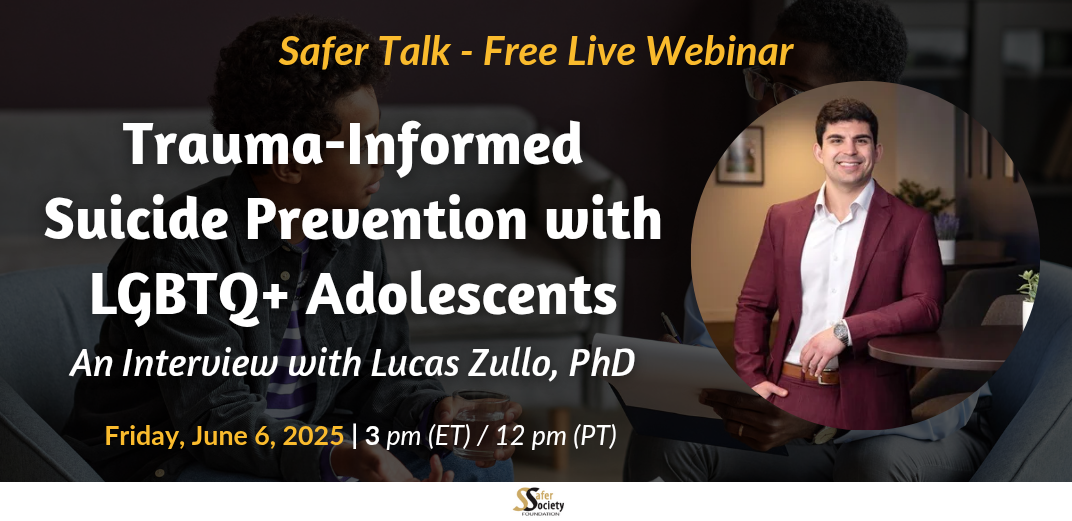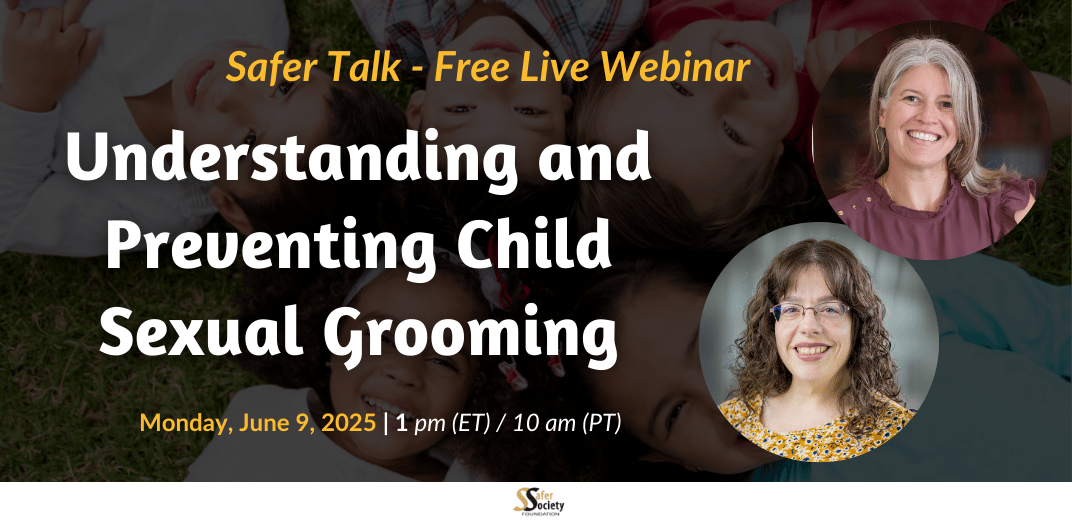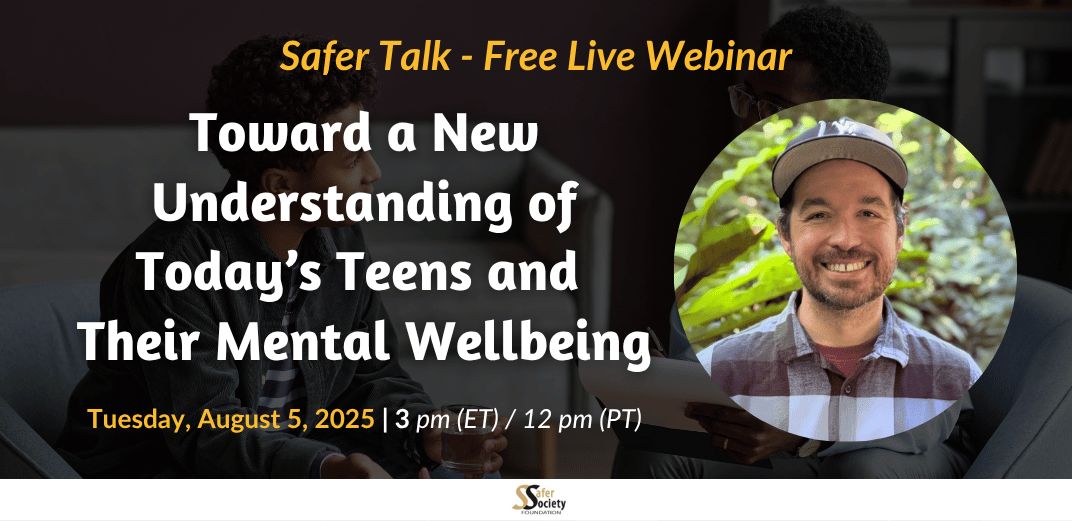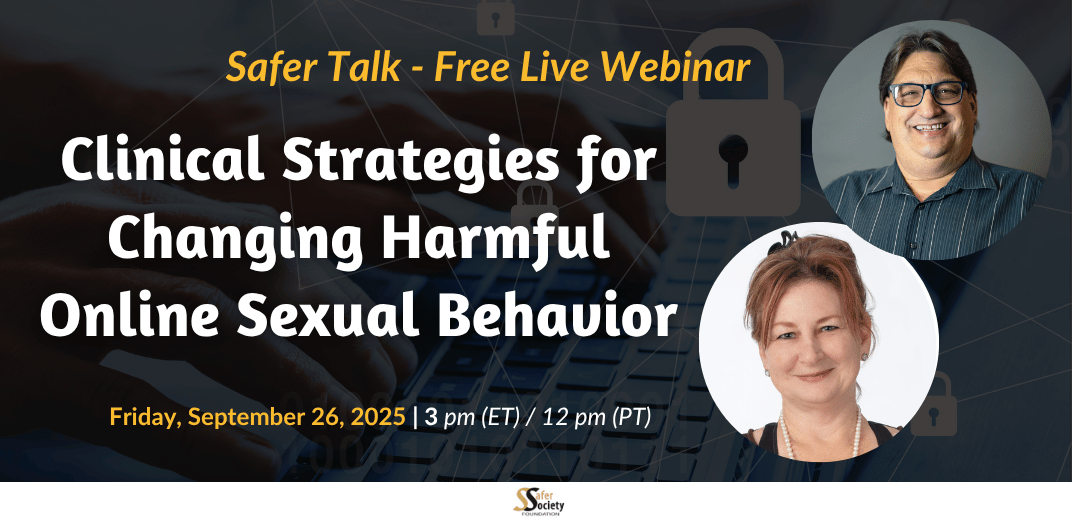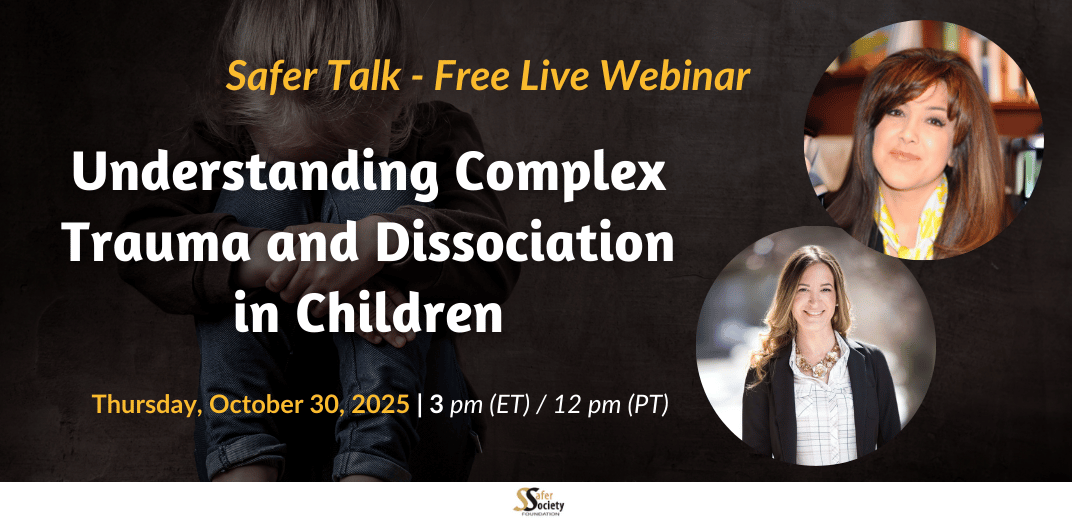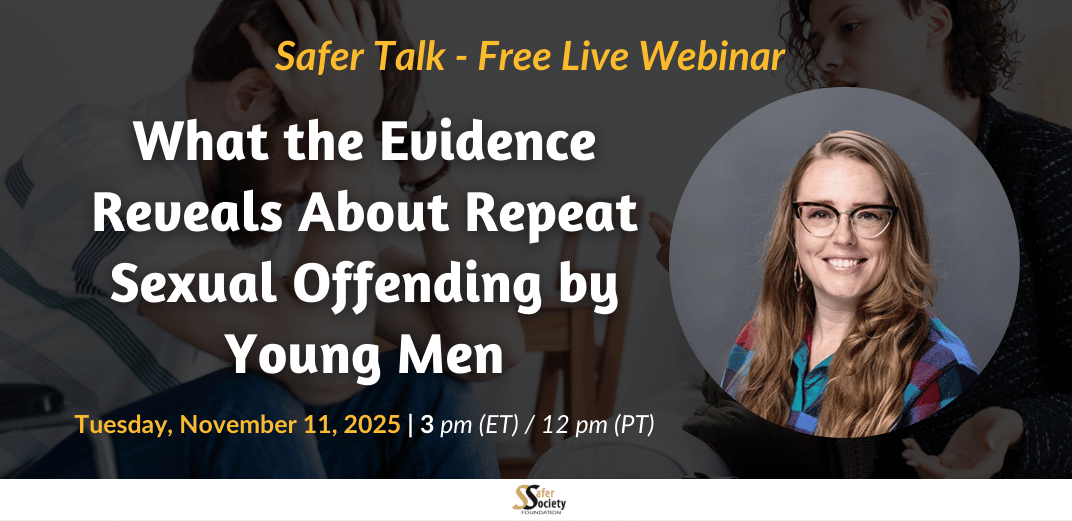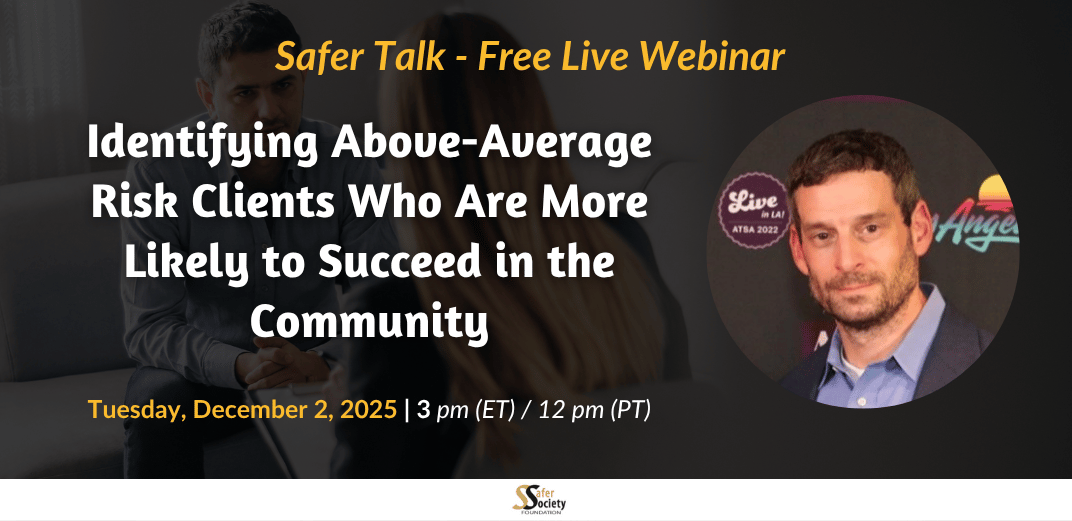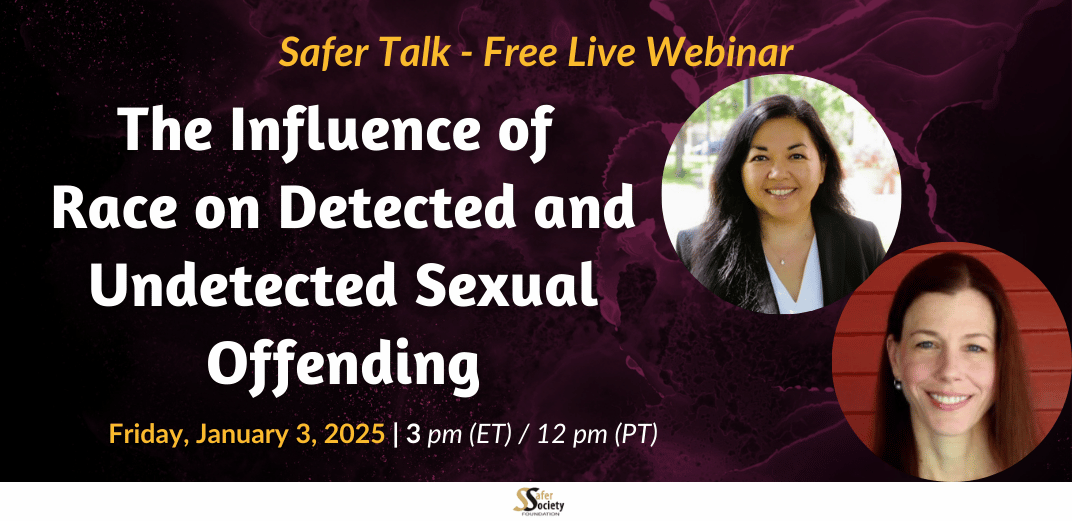
The Influence of Race on Detected and Undetected Sexual Offending
How much do we know about undetected sexual offending? This question remains a critical concern for practitioners, courts, and policymakers alike. In this webinar, Dr. Kelley and Dr. Zaw discuss their recent study on the influence of race on detected and undetected sexual offenses among individuals deemed to be at high risk of re-offense. Their research compares White and Black adult males, revealing significant findings pertinent to understanding the actual prevalence of sexual offenses. This study is relevant to those seeking to understand the true rate of sexual offending and its implications for justice and policy development.
Dr. Kelley and Dr. Zaw’s study is the second of a series aimed at understanding how to best account for undetected sexual offending—those that could have led to a criminal charge or conviction if detected—in risk assessments. Their earlier research findings led them to ask what could affect the detection rate, with racial differences being a focus. While existing studies and publications highlight disparities in victim reporting rates, policing practices, and judicial system responses for White versus Black men, questions remain about the differences in crimes, motivations, detection rates, and potential biases throughout the process.
Dr. Kelley and Dr. Zaw’s findings are as complex as they are helpful. Their discussion focuses on areas that include antisocial processes and offense-related sexual interests. After presenting their study and findings, they explore the implications for risk assessments and evaluators, offering valuable perspectives for professionals in the field.

